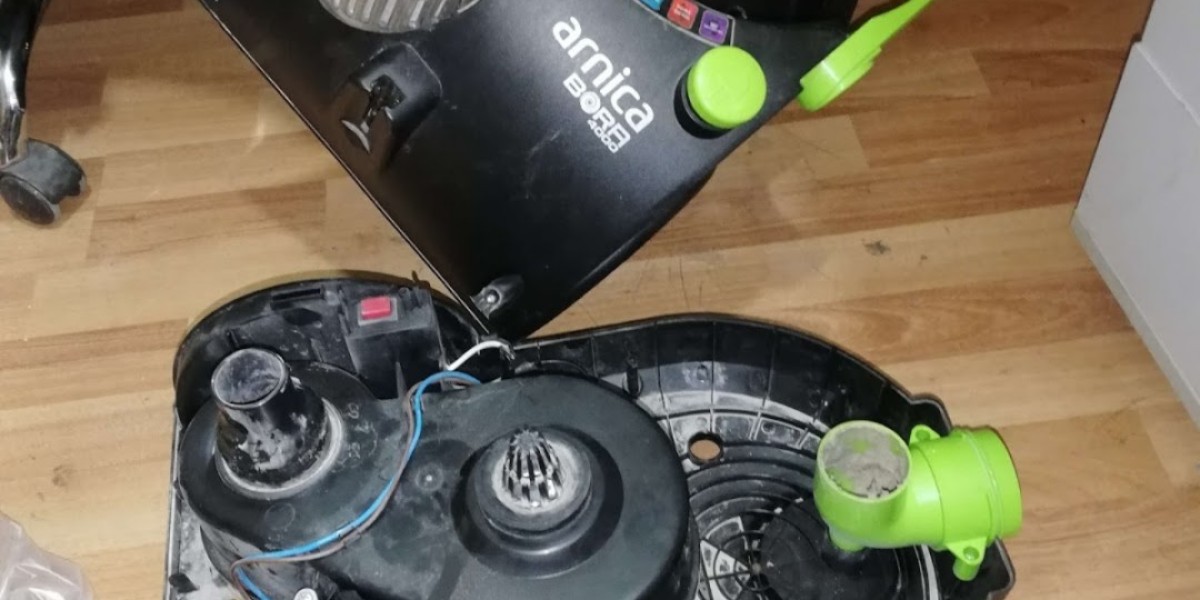When it comes to maintaining the aesthetic appeal and value of your vehicle, addressing paint scratches promptly is crucial. Car paint scratch repair can be a straightforward process if approached correctly, and at EA Detailer, we specialize in providing expert solutions to restore your car’s finish to its original glory. In this guide, we will cover everything from identifying the type of scratch to detailed repair techniques, ensuring that you have all the information needed to tackle any paint damage effectively.
Understanding Types of Car Paint Scratches
1. Clear Coat Scratches
Clear coat scratches are typically shallow and affect only the outermost layer of the paint. They are often caused by minor incidents, such as brushing against branches or car doors. These scratches can often be polished out, restoring the vehicle's shine without extensive repairs.
2. Base Coat Scratches
Base coat scratches penetrate through the clear coat and can reach the colored paint layer beneath. They may be caused by more significant impacts, such as gravel hitting the car. Repairing base coat scratches usually requires repainting the affected area to ensure color matching.
3. Primer and Deep Scratches
Deep scratches that reach the primer or bare metal are the most severe. These scratches are typically caused by accidents or collisions. Repairing these scratches involves more comprehensive work, including sanding, filling, and repainting.
Essential Tools and Materials for Scratch Repair
1. Sanding Supplies
For deeper scratches, you'll need various grits of sandpaper (typically ranging from 400 to 2000 grit) to smooth the damaged area effectively.
2. Polishing Compounds
Using a quality polishing compound is essential for restoring the clear coat's shine after repairing scratches. Look for products specifically designed for automotive use.
3. Touch-Up Paint
Having a touch-up paint that matches your vehicle’s color is crucial for base coat scratches. Most manufacturers provide color codes for their paint, making it easier to find the correct match.
4. Applicators and Cloths
Microfiber cloths and foam applicators are ideal for applying compounds and paint. They help prevent further scratches during the application process.
Step-by-Step Guide to Repairing Car Paint Scratches
Step 1: Clean the Area
Before starting any repair, thoroughly clean the scratched area with soap and water. Remove any dirt, wax, or grease to ensure proper adhesion of repair materials.
Step 2: Assess the Scratch
Determine the type and depth of the scratch. This assessment will dictate the repair method you choose. For clear coat scratches, a polishing compound might suffice, while base coat and deep scratches will require more involved techniques.
Step 3: Sanding (for Deep Scratches)
If the scratch is deep, carefully sand the area around the scratch with low-grit sandpaper. Use a sanding block to maintain even pressure and avoid warping the surrounding paint. Gradually progress to finer grits until the area is smooth.
Step 4: Apply Touch-Up Paint
For base coat scratches, apply the touch-up paint using a fine brush or applicator. Work in thin layers, allowing each coat to dry completely before applying the next. This approach ensures a smoother finish and better color matching.
Step 5: Polish the Area
Once the touch-up paint has dried, use a polishing compound and a microfiber cloth to restore the shine. Apply the compound in a circular motion and buff the area until it matches the surrounding paint.
Step 6: Protect the Repair
After the repair, apply a high-quality wax or sealant to protect the newly repaired area. This step helps shield the paint from future damage and maintains its luster.
Tips for Preventing Future Scratches
1. Regular Washing and Waxing
Keeping your car clean and regularly waxing it can help protect the paint from scratches. Wax acts as a barrier against contaminants that may cause damage.
2. Avoid Parking in High-Traffic Areas
Whenever possible, park in less congested areas to minimize the risk of door dings and scratches from other vehicles.
3. Use Car Covers
Investing in a quality car cover can protect your vehicle from environmental hazards, including tree sap, bird droppings, and UV rays that can fade and damage paint over time.
4. Install Paint Protection Film
For those particularly concerned about scratches, consider applying a paint protection film. This transparent film can shield vulnerable areas from minor abrasions.
When to Seek Professional Help
While many paint scratch repairs can be tackled at home, there are instances when professional help is warranted. If you’re dealing with extensive damage or if the paint has begun to peel or bubble, consulting with experts at EA Detailer can save time and ensure a flawless finish. Professional repair services often include paint matching and specialized tools that can restore your vehicle’s paint better than DIY methods.
Conclusion
Car paint scratch repair is an essential skill for any vehicle owner, enabling you to maintain your car's appearance and value. By understanding the types of scratches and following a methodical approach to repair, you can restore your vehicle’s finish effectively. For those who prefer a professional touch, EA Detailer offers specialized services to address even the most challenging paint damage. Taking care of your car's paint not only enhances its visual appeal but also prolongs its lifespan, making it a worthwhile investment in the long run.





